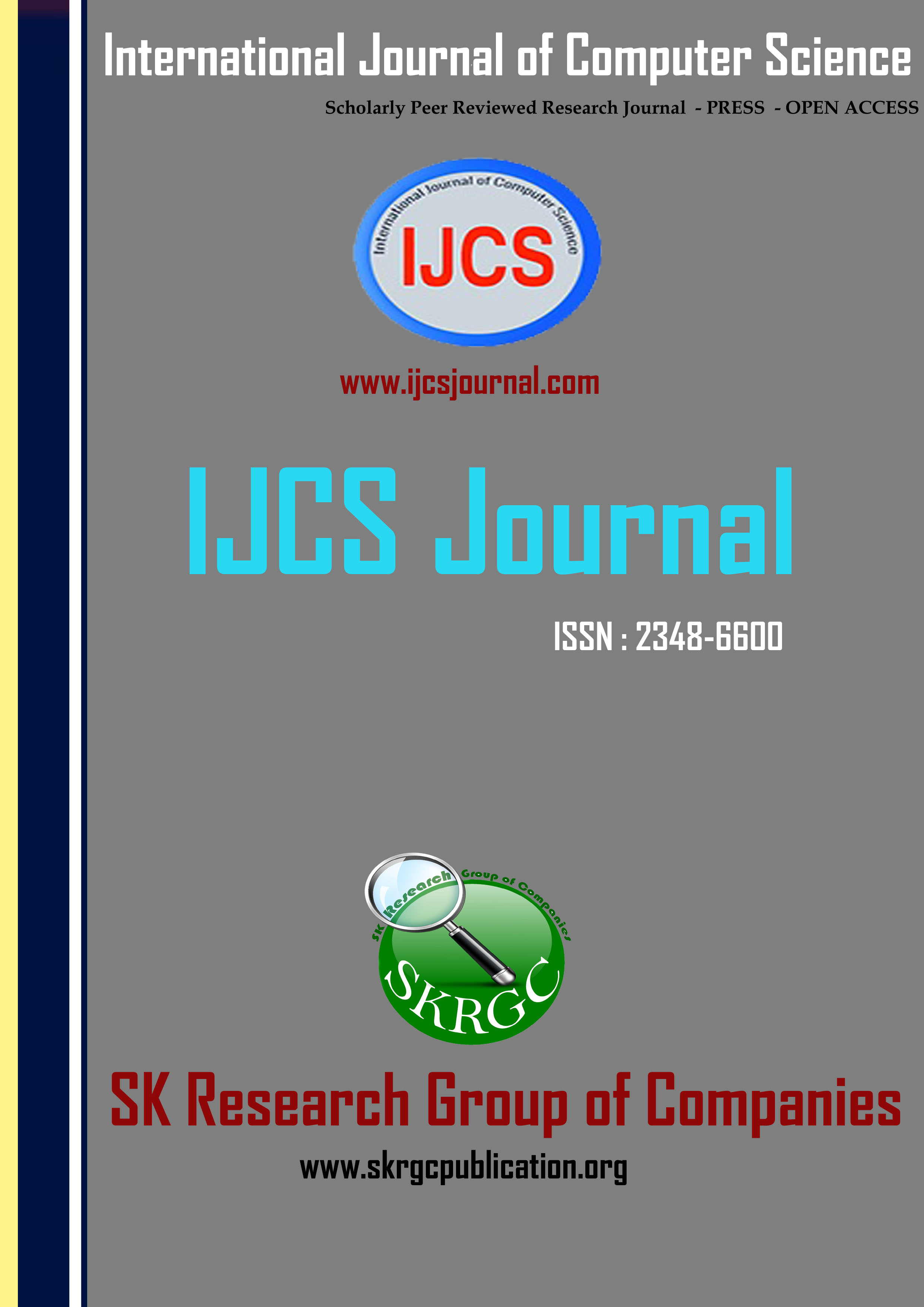An Enhanced Security Technique with Authentication for Mobile and Pervasive Computing
International Journal of Computer Science (IJCS) Published by SK Research Group of Companies (SKRGC)
Download this PDF format
Abstract
The main objective is to develop a Message Passing Interface (MPI) implementation: to preserve confidentiality of messages communicated among nodes of clusters in an unprotected network. The message passing interface (MPI) is a standardized means of exchanging messages between multiple computers running a parallel program across distributed memory. In this technique public, private and secret keys are used. Keys are displayed to the receiver only if they accept the request or else displaying of key is not possible in the receiver side and also it won’t establish the Connection. In largely spread clusters, computing nodes are naturally deployed in a variety of computing sites. The Information processed in a spread cluster is communal among a group of distributed processes or client by high-quality of messages passing protocols (e.g. message passing interface - MPI) running on the Internet. Because of the open environment of the Internet, providing authentication for large-scale distributed clusters becomes a non-trivial and challenging problem. In this paper, the security of the MPI protocol has improved by encrypting and decrypting messages sent and received among computing nodes using MD5 algorithm.
References
[1] L. Carter and M. Wegman, “Universal Hash Functions,” J. Computer and System Sciences, vol. 18, no. 2, pp. 143-154, 1979.
[2] V. Shoup, “On Fast and Provably Secure Message Authentication Based on Universal Hashing,” Proc. 16th Ann. Int’l Cryptology Conf. Advances in Cryptology (CRYPTO ’96), pp. 313-328, 1996.
[3] B. Alomair and R. Poovendran, “E-MACs: Towards More Secure and More Efficient Constructions of Secure Channels,” IEEE Trans. Computers, 2012.
[4] M. Feldhofer, S. Dominikus, and J. Wolkerstorfer, “Strong Authentication for RFID Systems Using the AES Algorithm,” Proc. Workshop Cryptographic Hardware and Embedded Systems (CHES ’04), pp. 357-370, 2004.
[5] C. Tan, H. Wang, S. Zhong, and Q. Li, “Body Sensor Network Security: An Identity-Based Cryptography Approach,” Proc. First ACM Conf. Wireless Network Security, pp. 148-153, 2008.
[6]M. Bellare, A. Desai, E. Jokipii, and P. Rogaway, “A Concrete Security Treatment of Symmetric Encryption,” Proc. 38th Ann. Symp. Foundation of Computer Science (FOCS ’97), pp. 394-403, 1997.
[7] B. Alomair and R. Poovendran, “Efficient Authentication for Mobile and Pervasive Computing,” Proc. 12th Int’l Conf. Information and Comm. Security (ICICS ’10), 2010.
[8] D.Gangadhar Rao, Balusa Anil Kumar,” Enhanced Security Mechanisms in MPI as ES-MPICH2”,vol 1(IJCSDT ‘4) 2013.
[9] Piyush Gupta, Sandeep Kumar,” A Comparative Analysis of SHA and MD5Algorithm Vol. 5 (3) ,, 4492-4495,2014.
Keywords
Authentication, unconditional security, computational security, universal hash-function families, pervasive computing.

